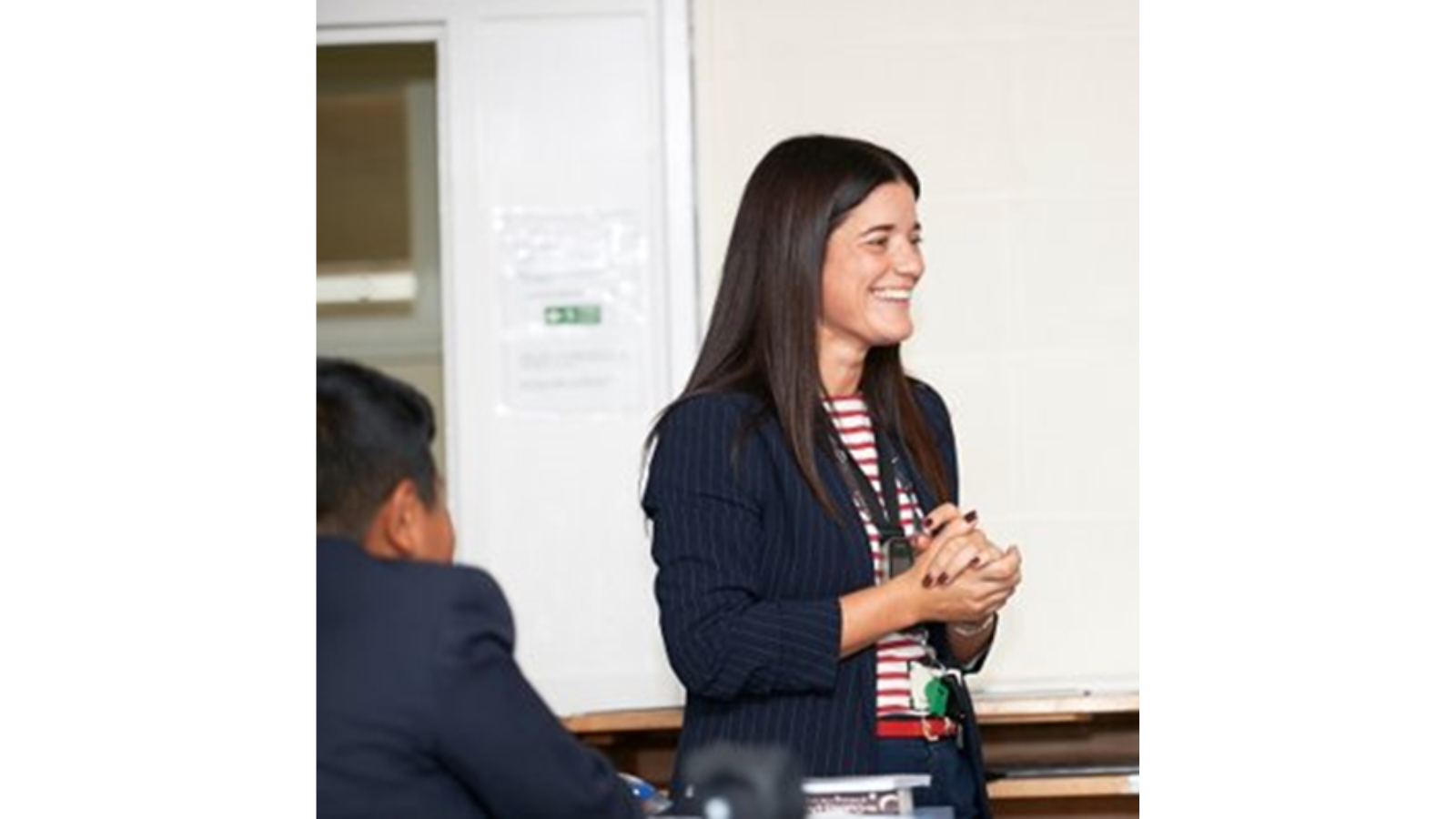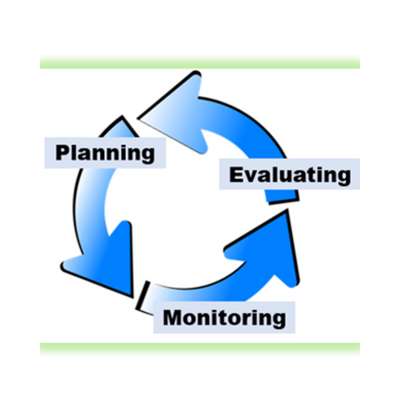
As expert learners, teachers are well-placed to share their expert knowledge with students. This is no surprise. It is, after all, quite literally our job to do this. Yet, simply giving our students information without modelling the way to use or develop it is a bit like giving them all the parts to a flat-packed desk without also giving them the instructions.
Giving learners a worked model is an important tool that we can use to show them what success looks like. But it’s still a bit like just giving students a picture of the fully assembled desk to work from. Of course, we can deconstruct an exemplar with the class, pulling out the component parts, and valuable learning opportunities can be drawn out of doing this. However, by explicitly explaining our thought processes during deliberate teacher modelling we’re not only giving our students instructions on how to approach a task, we’re also showing them how an expert approaches it.
Showing ‘how’ as well as ‘what’
Fostering a metacognitive approach in the classroom is a powerful way of sharing that expertise. Often oversimplified as “thinking about thinking”, metacognition is the 3-part process of planning, monitoring and evaluating our learning. By explaining the way that we approach tasks with our students we’re giving them a valuable insight into how a subject specialist approaches the task, setting them on their journey from novice to expert.

The Metacognitive Process
I’m not exaggerating when I say that adopting this approach in the classroom was transformational for me and my students. Not convinced? Don’t just take my word for it… As part of a study I designed on developing a metacognitive approach to teaching, students overwhelmingly reported that these explanations were the most useful strategy for helping them understand how to tackle an assessment. This was one year 9 student’s feedback to the teacher on what helped most, “Visually explaining thoughts and ideas and links to quotes and giving us a copy to put in our books and then seeing if we can use the same technique individually after doing demonstrations with the class.”
Reducing the fear factor
At first, live modelling front of a class might seem a bit daunting. However, this vulnerability can also give us a useful insight into how our students feel when embarking on a task. For example, how many times do you really think about the way you would tackle a task? How many times do you think about the knowledge you have that you tacitly expect students to know? If you’ve ever given an instruction only for a forest of hands to shoot up as students ask, “How do I start this?”, or “Can you check I’ve done this right?” the answer may be: not enough. So, here are a couple of dos and don’ts to help you get started.
Dos and Don’ts
Further information and reading
The EEF Guidance Report on Metacognition and Self-regulated Learning
You can also find out more about metacognition and deliberate teacher modelling in our recorded webinar.
Learn more about joining English Mastery, our subject improvement programme.